From - Mongabay for Kids,
Edited by - Vinuri Randhula Silva,
Scientists have found that dugongs and green sea turtles help plants called seagrasses grow in the Great Barrier reef. Why is this important? Keep reading to learn more.
This is the world-famous Great Barrier Reef:
The Great Barrier Reef is the largest coral reef system in the world. It is located off the northeast coast of Australia:
Great Barrier Reef Marine Park Authority, CC BY 3.0 https://creativecommons.org/licenses/by/3.0, via Wikimedia Commons
This is a dugong. It is a marine mammal:
A dugong (Dugong dugong) feeding on seagrass in Egypt. Image by Julien Willem via Creative Commons (CC BY-SA 2.0)
This is a green sea turtle. It is a reptile:
A green sea turtle (Chelonia mydas) feeding on seagrass in an intertidal meadow at Lizard Island, Queensland. Image courtesy of TropWATER, James Cook University
Both dugongs and green sea turtles live in the Great Barrier Reef, and they both like munching on tasty seagrasses.
This is a meadow of seagrass:
A seagrass meadow at Green Island, Queensland. Many of the intertidal meadows in Queensland are frequented by saltwater crocodiles, adding an element of jeopardy to fieldwork. Image courtesy of Samantha Tol
What are seagrasses? And why are they important?
Seagrasses are plants found in shallow salty waters in coastal areas. They are not seaweeds, however. Like other grasses, seagrasses have roots, stems, and leaves. They also have flowers and they produce seeds. (Click here to learn a lot more about seagrasses!)
Through photosynthesis, seagrasses create oxygen and store carbon dioxide. Carbon dioxide is a greenhouse gas that you might have heard about in school or at home for its role in affecting the global climate (read more about this here). Like rainforests, seagrass meadows around the world play a really important role helping to capture and store carbon dioxide.
Besides storing carbon, seagrass meadows are important for many other reasons. They help prevent erosion (the washing away of sand or other sediments). They provide homes for marine life like fish, shrimp, and crabs. They are also a source of food for dugongs, turtles, and other marine creatures.
This video captures the beauty of seagrass meadows and their importance to marine life:
How do dugongs and green sea turtles help seagrasses grow?
Dugongs and green sea turtles eat seagrasses, including the seeds of these plants. The seeds pass through the guts (digestive tracts) of dugongs and turtles and end up in their poop.
Previously, scientists have discovered that dugongs and sea turtles are important seed dispersers for seagrasses. By eating and pooping seagrass seeds, dugongs and turtles help disperse – or spread – the seeds over large distances of up to 400 miles (650 kilometers).
Scientists wondered if seeds collected from dugong and turtle poop grew any differently than seeds collected directly from seagrass plants. They decided to conduct an experiment. First, they collected dugong and green turtle poop. Here is lead scientist Samantha Tol with a poop sample:
Study lead author Samantha Tol holds a freshly-collected mega-herbivore sample containing seagrass seeds in Cleveland Bay, Queensland. Image courtesy of Samantha Tol
Next, the scientists extracted seagrass seeds from the poop samples and grew them in a lab. They also grew seeds taken directly from seagrass plants.
They found something interesting! Seeds that had passed through the guts of dugongs and green turtles had a better rate of gemination. This means that seeds that are pooped out by dugongs and turtles are more likely to grow into plants than seeds that haven’t been eaten.
A germinating seagrass seed of Zostera muelleri in one of the JCU experiments, this particular specimen grew a leaf. Image courtesy of Samantha Tol
Conserving dugongs and green sea turtles is good for seagrass.
Scientist, Samantha Tol, who worked on this research says that protecting these animals is very important. “We need to make sure that we are doing whatever we can to protect dugong and green sea turtles, because clearly these two animals are important to the health and resilience of seagrass,” says .TOL
Related scientific papers:
Tol, S. J., Jarvis, J. C., York, P. H., Congdon, B. C., & Coles, R. G. (2021). Mutualistic relationships in marine angiosperms: Enhanced germination of seeds by mega‐herbivores. Biotropica. doi:10.1111/btp.13001
Tol, S. J., Jarvis, J. C., York, P. H., Grech, A., Congdon, B. C., & Coles, R. G. (2017). Long distance biotic dispersal of tropical seagrass seeds by marine mega-herbivores. Scientific Reports, 7(1). doi:10.1038/s41598-017-04421-1

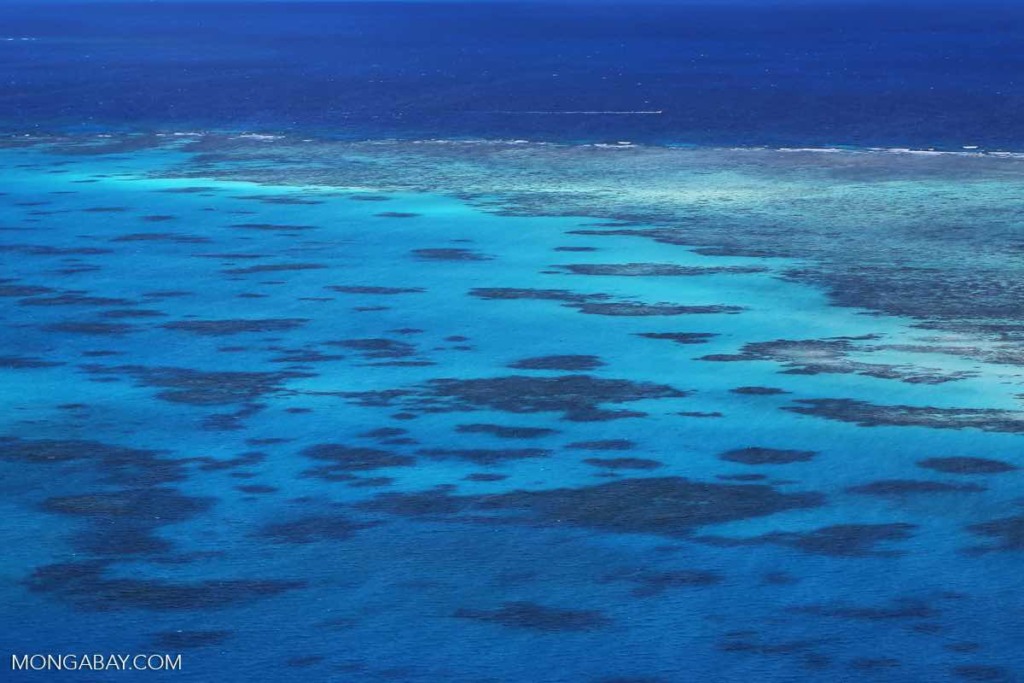
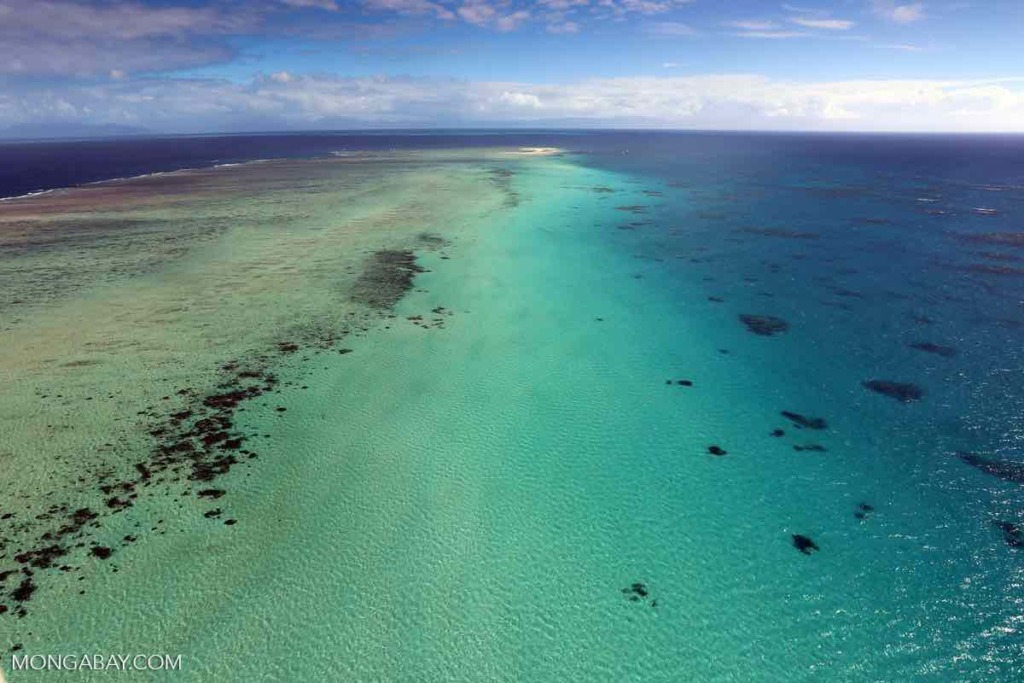
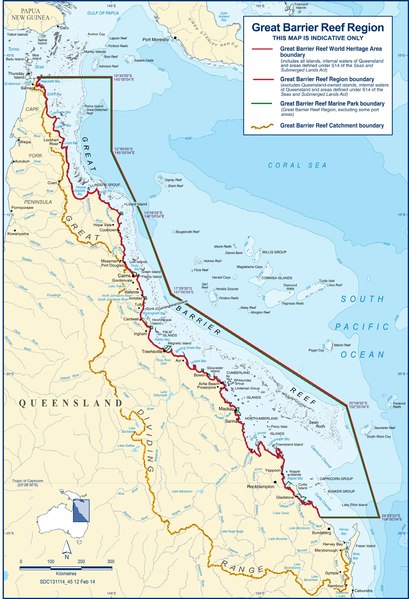
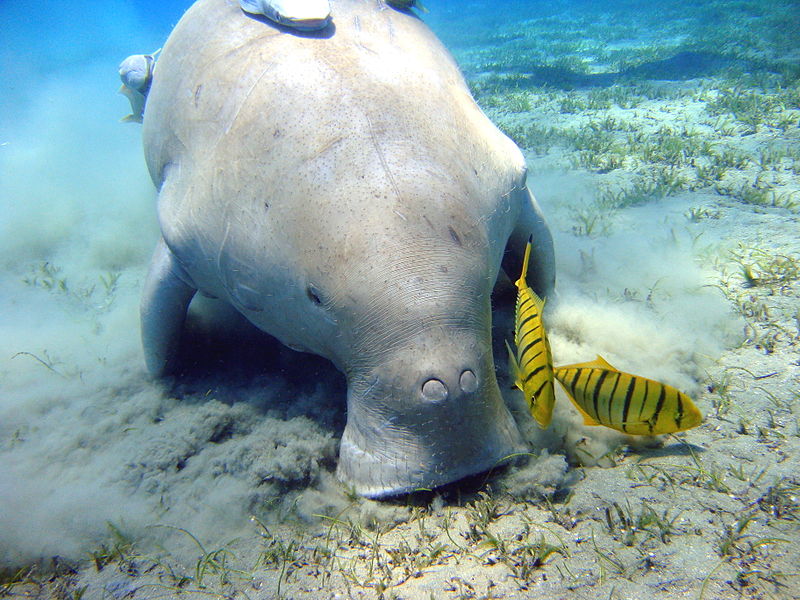
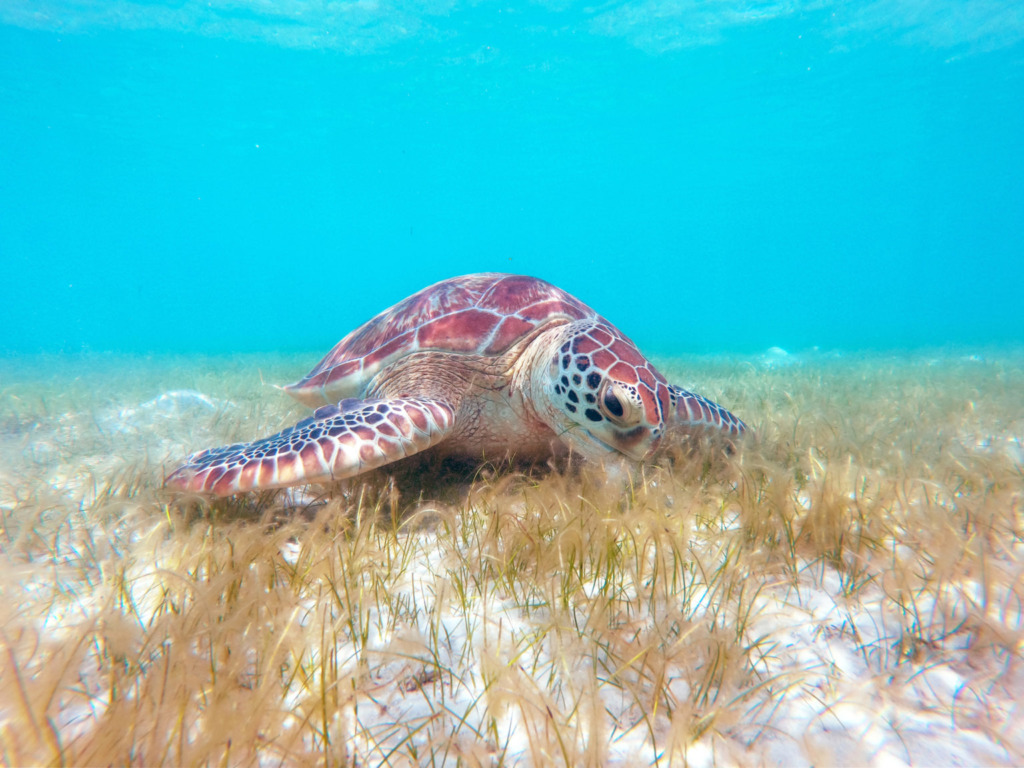
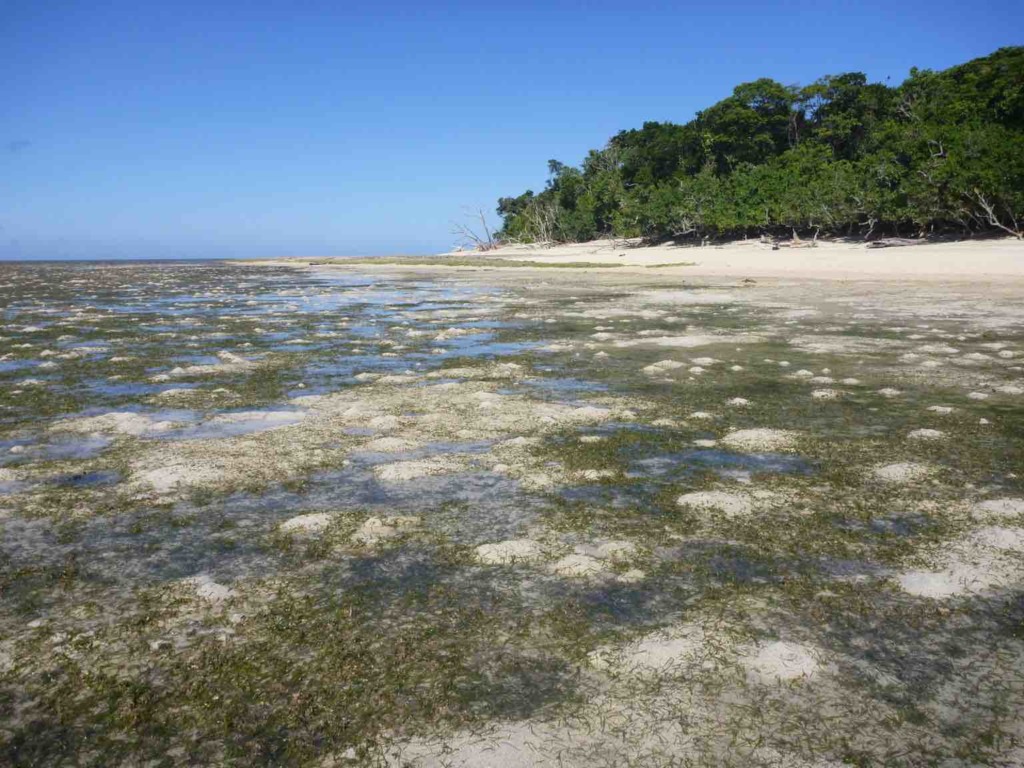
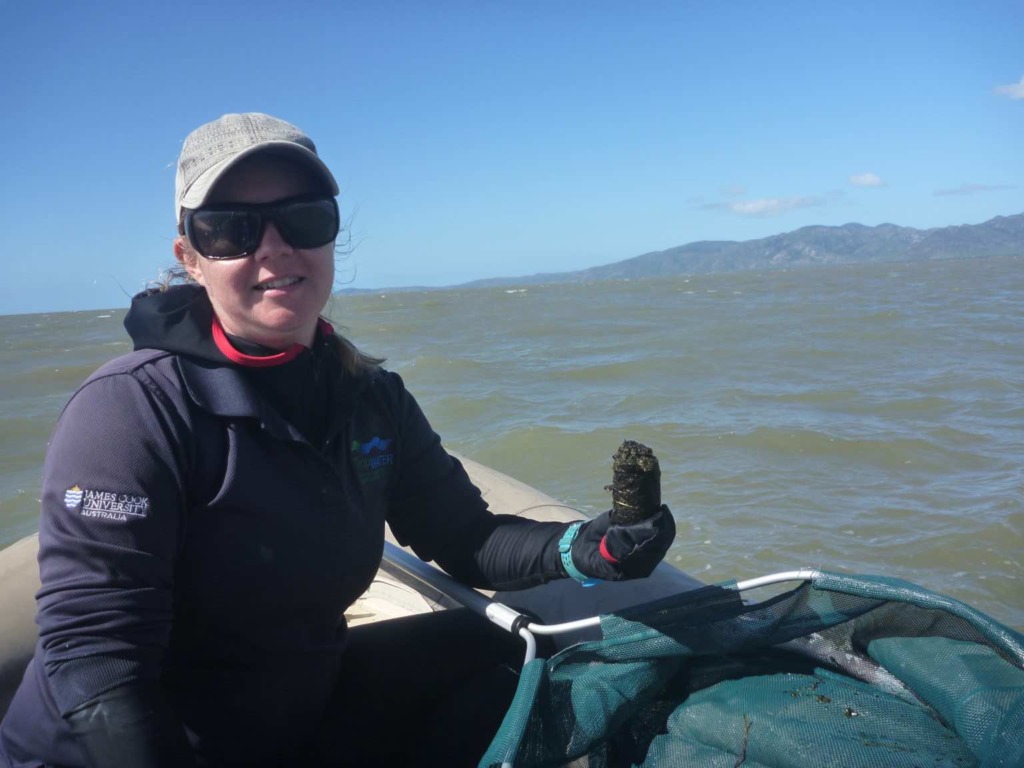
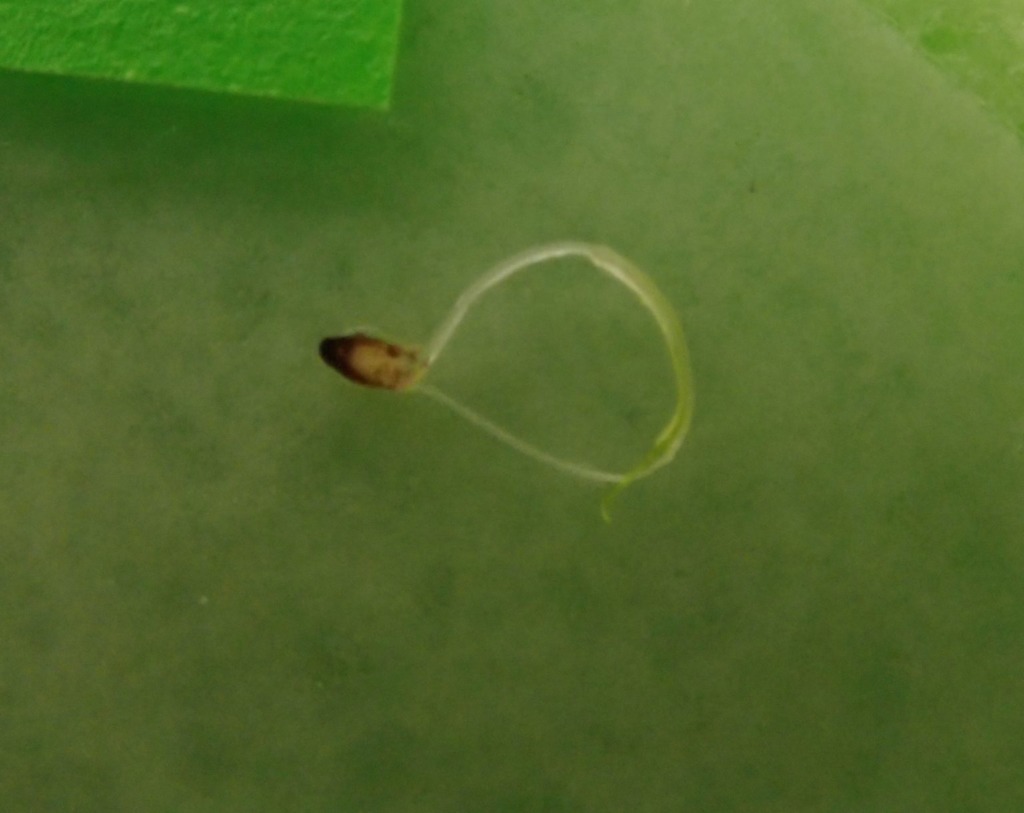
Comments
Post a Comment